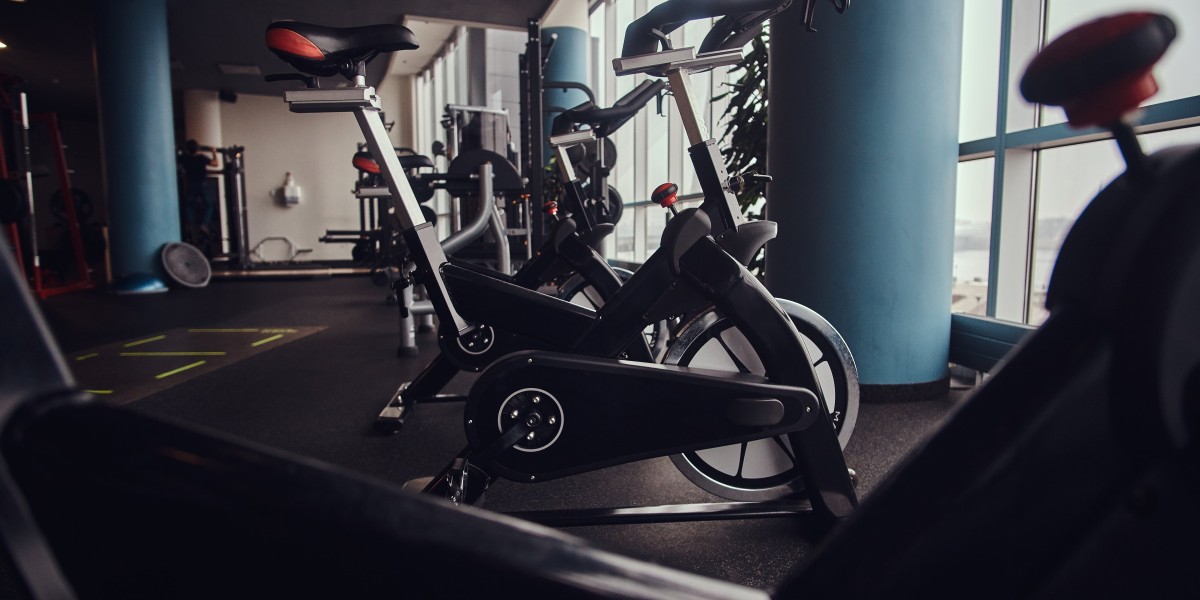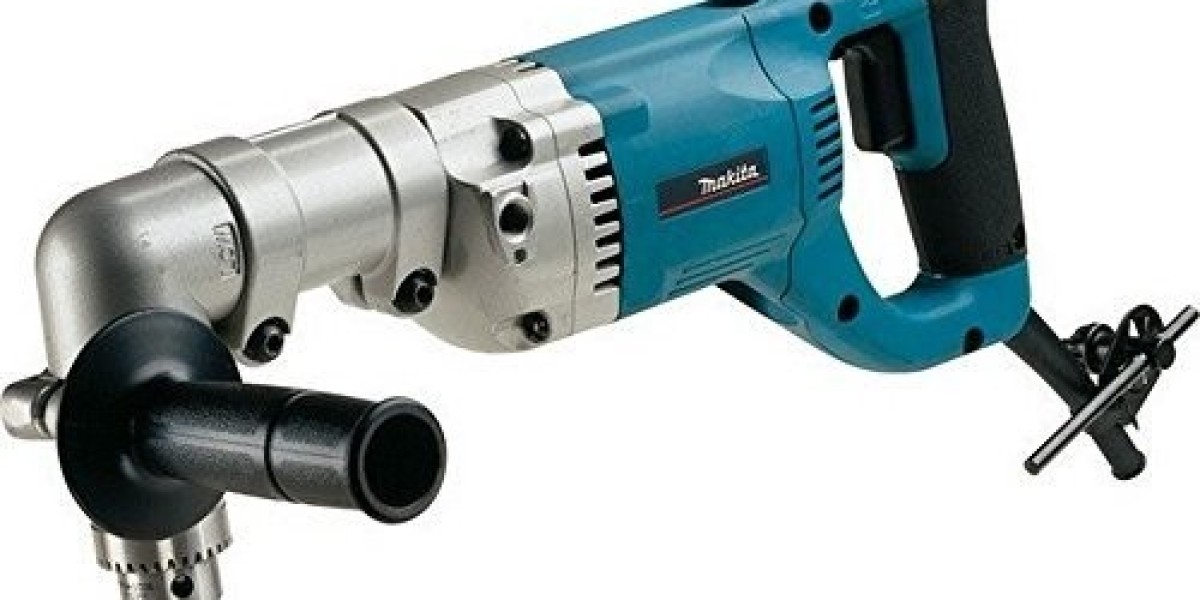In an era where health and fitness are paramount, the exercise bike has emerged as a versatile and effective tool for maintaining physical well-being. Whether you're a beginner or a seasoned athlete, the exercise bike offers a range of benefits that can cater to your specific fitness goals. This guide will explore the advantages of using an exercise bike, different types of workouts, and how to incorporate them into your routine. Additionally, we'll address some frequently asked questions and provide tips to ensure you get the most out of your exercise bike workouts.
Benefits of Using an Exercise Bike
Low Impact Exercise bike workout
- Ideal for individuals with joint pain or injuries, the exercise bike provides a low-impact workout that minimizes stress on the knees, hips, and back.
Cardiovascular Health
- Regular cycling can improve heart health, lower blood pressure, and enhance overall cardiovascular endurance.
Weight Loss
- Cycling is an excellent way to burn calories and aid in weight loss. A 30-minute session can burn anywhere from 200 to 500 calories, depending on intensity and resistance settings.
Muscle Toning
- While primarily a cardiovascular workout, cycling can also tone and strengthen muscles, particularly in the legs and core.
Mental Health
- Exercise releases endorphins, which can improve mood and reduce stress. Cycling is a rhythmic and meditative activity that can contribute to mental well-being.
Convenience
- Exercise bikes allow you to work out at home, eliminating the need for travel and gym memberships. They can be used at any time, regardless of weather conditions.
Types of Exercise Bikes
Upright Bikes
- Resemble traditional bicycles and are great for general cardio and weight loss. They offer a variety of resistance settings and are suitable for most fitness levels.
Recumbent Bikes
- Provide a reclined seating position, making them more comfortable for individuals with back or knee issues. They are ideal for low-impact workouts and longer sessions.
Spin Bikes
- Designed for high-intensity interval training (HIIT) and group classes. They offer a more intense and dynamic workout with adjustable resistance and the ability to stand and pedal.
Dual-Action Bikes
- Include handlebars that move with the pedals, engaging the upper body along with the lower body for a full-body workout.
How to Choose the Right Exercise Bike
- Fitness Goals: Consider what you want to achieve—cardio fitness, muscle toning, or weight loss. Different bikes are suited for different goals.
- Comfort: Test the bike for comfort, especially if you plan to use it frequently or for long periods.
- Space: Measure the space in your home where the bike will be placed. Some bikes are more compact than others.
- Budget: Set a budget and look for bikes that offer the best features within your price range.
- Additional Features: Look for features like heart rate monitors, pre-programmed workouts, and connectivity options for tracking your progress.
Warm-Up and Cool-Down
Before starting any workout, it's essential to warm up to prepare your muscles and reduce the risk of injury. A 5-10 minute warm-up can include:
- Light Pedaling: Start with a low resistance setting and pedal at a comfortable pace.
- Dynamic Stretches: Perform leg swings, arm circles, and hip rotations to increase blood flow and flexibility.
After your workout, a cool-down is equally important to gradually lower your heart rate and prevent stiffness. A 5-10 minute cool-down can include:

- Light Pedaling: Continue pedaling at a low resistance setting.
- Static Stretches: Focus on stretching your legs, back, and arms to improve flexibility and reduce muscle soreness.
Sample Workout Routines
Beginner's 30-Minute Workout
- Warm-Up (5 minutes): Light pedaling at a low resistance setting.
- Main Workout (20 minutes): Increase resistance and pedal at a moderate pace for 10 minutes, then reduce resistance and pedal at a steady pace for 10 minutes.
- Cool-Down (5 minutes): Light pedaling followed by static stretches.
Intermediate 45-Minute HIIT Workout
- Warm-Up (5 minutes): Light pedaling.
- Main Workout (35 minutes): Perform 8 intervals of high-intensity pedaling (1 minute) followed by 2 minutes of low-intensity pedaling. Adjust the resistance for each interval to challenge yourself.
- Cool-Down (5 minutes): Light pedaling and stretches.
Advanced 60-Minute Endurance Workout
- Warm-Up (10 minutes): Light pedaling with dynamic stretches.
- Main Workout (45 minutes): Pedal at a moderate to high resistance setting. Include hill sprints and recovery periods to simulate outdoor cycling.
- Cool-Down (5 minutes): Light pedaling and static stretches.
Tips for Effective Workouts
- Set Realistic Goals: Start with achievable goals and gradually increase the intensity and duration of your workouts.
- Stay Hydrated: Drink water before, during, and after your workouts to stay hydrated.
- Monitor Your Heart Rate: Use a heart rate monitor to ensure you're working within your target heart rate zone.
- Mix It Up: Vary your workouts to keep your muscles engaged and prevent boredom.
- Use Proper Form: Maintain a straight back, relaxed shoulders, and a steady pedal stroke to maximize efficiency and prevent injury.
Frequently Asked Questions (FAQs)
Q: How often should I use an exercise bike?
- A: For optimal results, aim to use the exercise bike 3-5 times per week. Adjust the frequency based on your fitness level and goals.
Q: Can I lose weight with an exercise bike?
- A: Yes, cycling can help you burn calories and lose weight. Combine regular bike workouts with a healthy diet for best results.
Q: Is a spin bike better than an upright bike?
- A: It depends on your fitness goals and preferences. Spin bikes are ideal for high-intensity workouts, while upright bikes are better for general cardio and longer sessions.
Q: How do I adjust the resistance on an exercise bike?
- A: Most exercise bikes have a knob or button to adjust resistance. Turn it to increase or decrease the difficulty of your workout.
Q: Can I use an exercise bike if I have knee problems?

- A: Recumbent bikes are generally more comfortable for individuals with knee issues due to their reclined seating position and lower impact. Consult a doctor before starting any new exercise routine.
Q: How can I make my workouts more engaging?
- A: Try listening to music, watching TV, or following online workout videos. Joining a cycling community or group can also provide motivation and support.
Advanced Techniques and Variations
Tabata Training
- What It Is: A form of HIIT that involves 20 seconds of maximum effort followed by 10 seconds of rest, repeated for 4 minutes.
- How to Do It: Set the resistance to a challenging level and pedal as fast as you can for 20 seconds. Rest for 10 seconds, then repeat for 4 minutes.
Hill Climbs
- What It Is: Simulating the experience of cycling up a hill by increasing resistance and pedaling at a slower pace.
- How to Do It: Gradually increase resistance over 2-3 minutes, then maintain a high resistance level for 1-2 minutes. Slowly decrease resistance to recover.
Interval Training
- What It Is: Alternating between high-intensity and low-intensity periods to improve endurance and burn more calories.
- How to Do It: Pedal at a high resistance for 1-2 minutes, then switch to a low resistance for 1-2 minutes. Repeat this cycle for the duration of your workout.
Time Trials
- What It Is: Challenging yourself to cycle a certain distance in the shortest time possible.
- How to Do It: Set a distance goal and time your workout. Try to beat your time in subsequent sessions to track progress.
Conclusion
Exercise bikes are a valuable addition to any fitness regimen, offering a low-impact, effective way to improve cardiovascular health, lose weight, and tone muscles. By choosing the right bike, warming up properly, and following structured workout routines, you can achieve your fitness goals and enjoy a fulfilling exercise experience. Whether you're a beginner or an advanced athlete, the exercise bike can be a versatile and enjoyable tool for maintaining a healthy lifestyle.
Additional Resources
- Online Workouts: Many fitness platforms offer guided bike workouts that can keep your routines fresh and engaging.
- Fitness Apps: Use apps to track your progress, set goals, and receive personalized workout recommendations.
- Community Support: Join online forums or local cycling groups to share tips, challenges, and successes with other fitness enthusiasts.
By incorporating these tips and techniques into your routine, you can make the most of your exercise bike and enjoy the many benefits it has to offer. Happy cycling!








